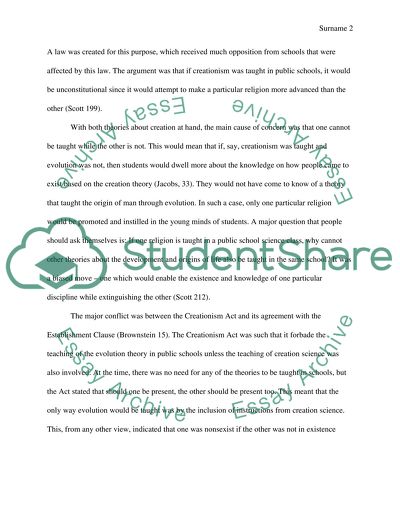Cite this document
(“Edwards V. Aguillard Research Paper Example | Topics and Well Written Essays - 1250 words”, n.d.)
Retrieved from https://studentshare.org/history/1463837-edwards-v-aguillard
Retrieved from https://studentshare.org/history/1463837-edwards-v-aguillard
(Edwards V. Aguillard Research Paper Example | Topics and Well Written Essays - 1250 Words)
https://studentshare.org/history/1463837-edwards-v-aguillard.
https://studentshare.org/history/1463837-edwards-v-aguillard.
“Edwards V. Aguillard Research Paper Example | Topics and Well Written Essays - 1250 Words”, n.d. https://studentshare.org/history/1463837-edwards-v-aguillard.


